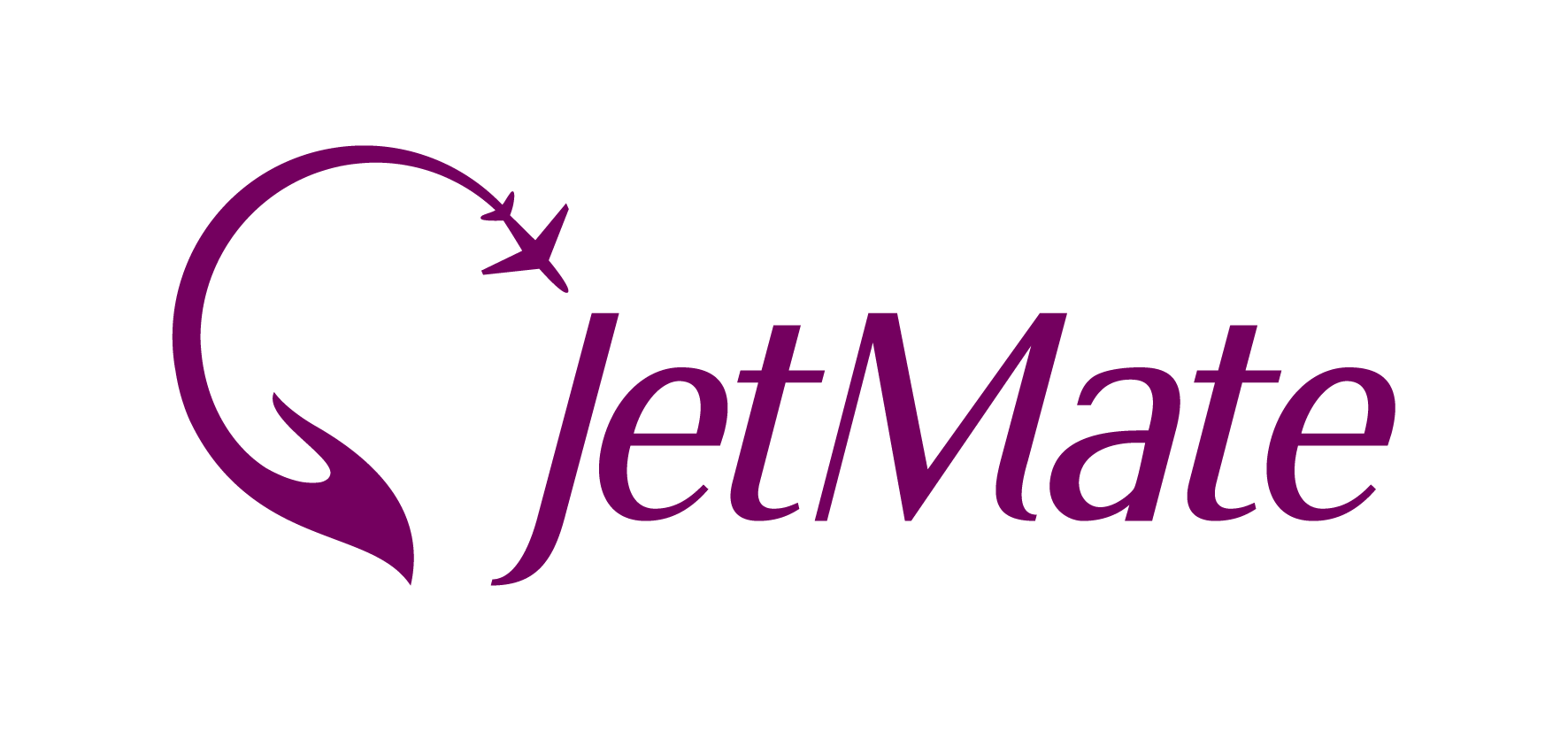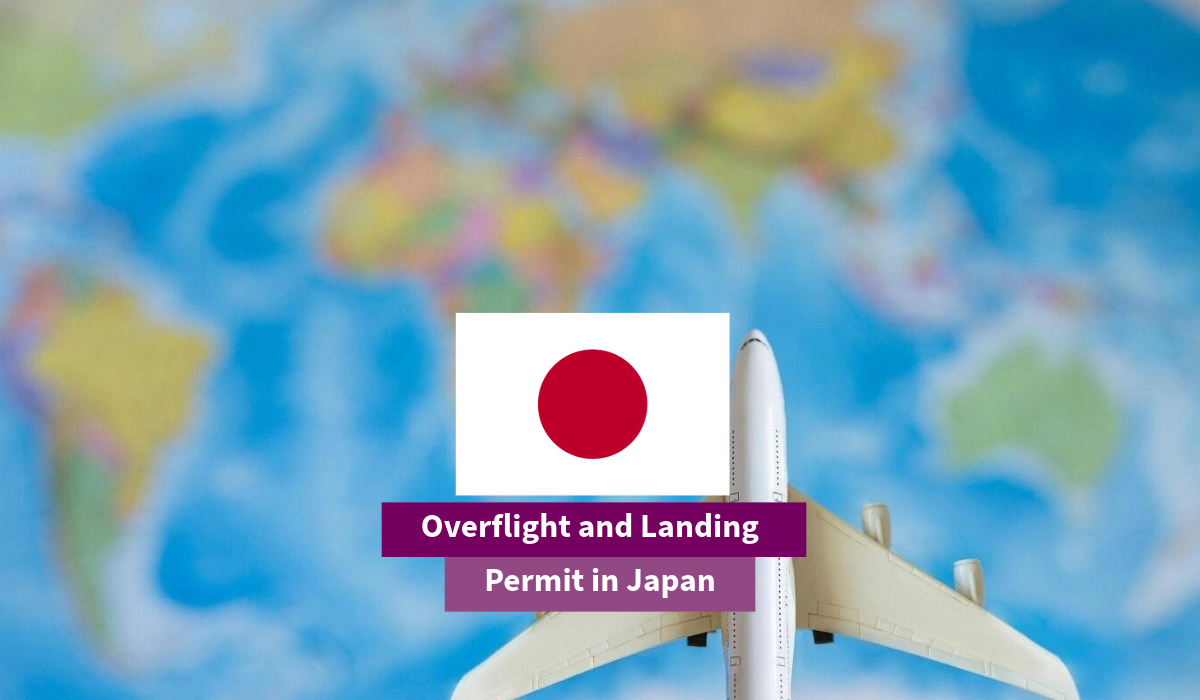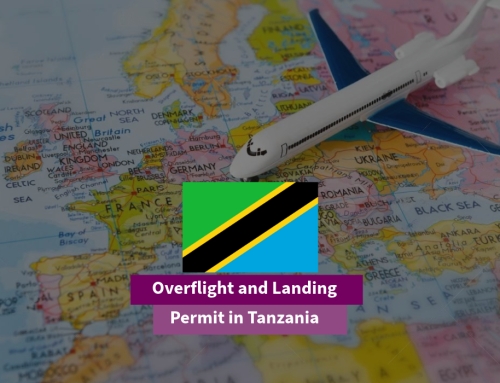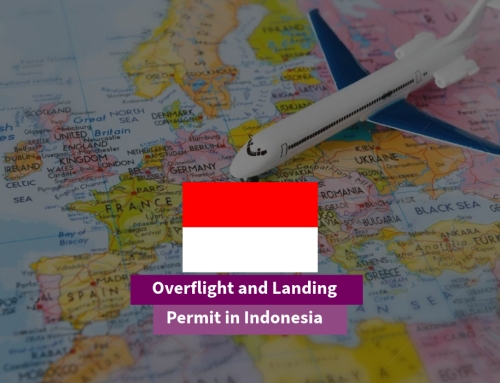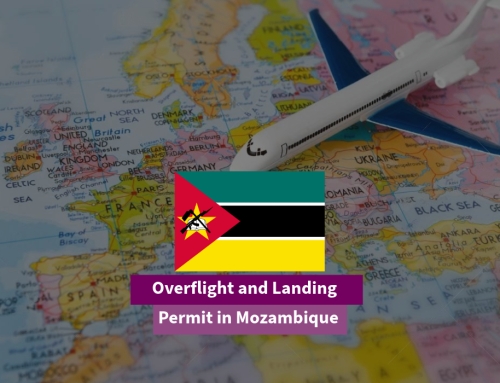Obtain Overflight and Landing Permit in Japan
Operating flights to Japan requires specific permits to comply with the country’s aviation regulations. As a major global hub with advanced air traffic management, Japan mandates that all international and domestic operators adhere to strict guidelines for overflight and landing permits. Below is a comprehensive guide to navigating the permit process in Japan.
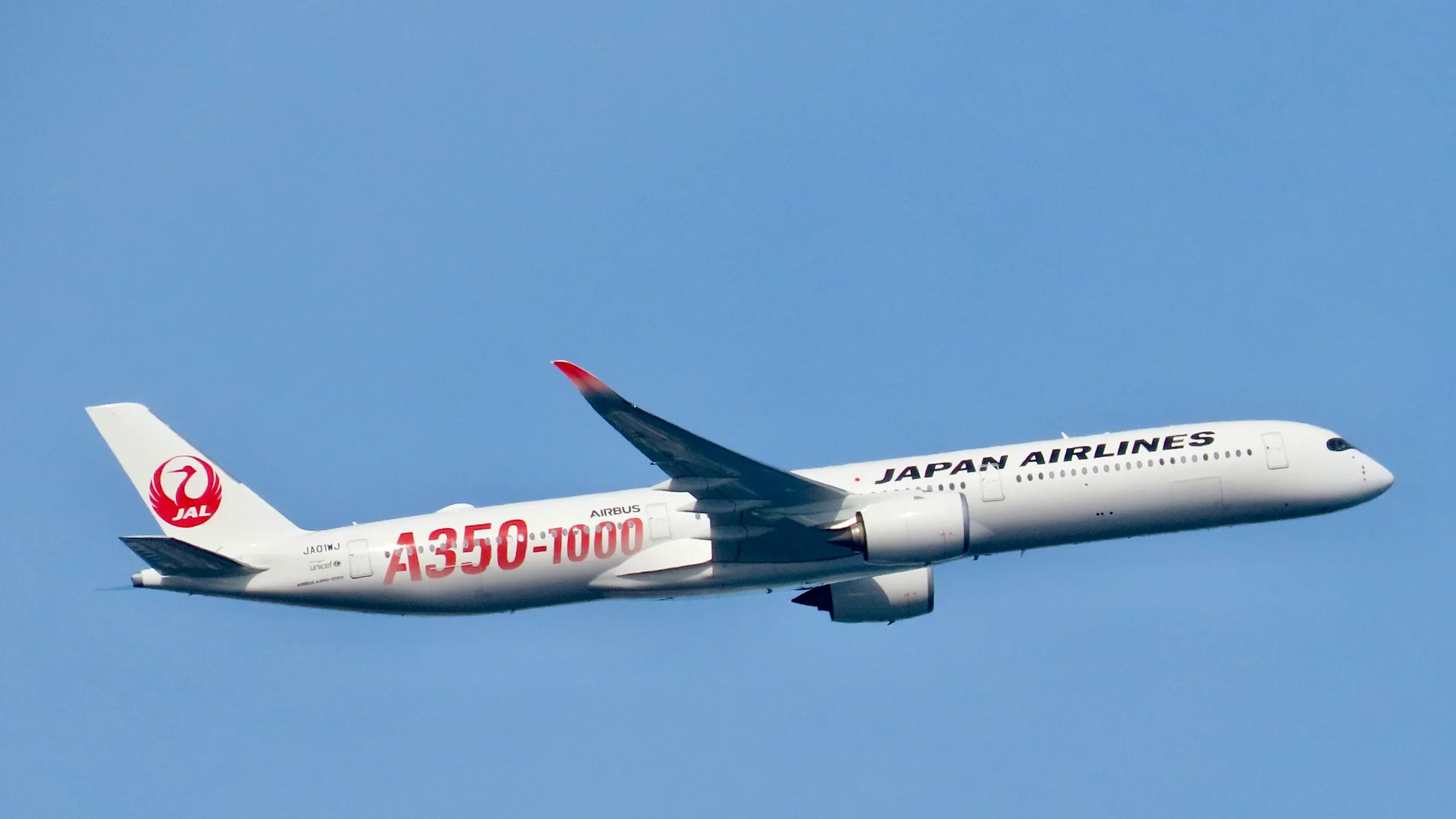
1. Types of Flight Permits in Japan
1.1 Overflight Permit
An overflight permit is required for aircraft transiting Japanese airspace without landing. This applies to both commercial and private operations.
1.2 Landing Permit
Landing permits are necessary for all aircraft intending to land at Japanese airports. This includes scheduled and non-scheduled flights, private charters, and cargo operations.
1.3 Diplomatic Permit
Government, military, and state-operated aircraft require a diplomatic permit for overflights and landings. These permits are coordinated through the Ministry of Foreign Affairs of Japan.
2. Regulatory Authority
The Japan Civil Aviation Bureau (JCAB) oversees the issuance of overflight and landing permits, ensuring compliance with domestic and international aviation standards.
3. Documentation Required for Flight Permits
For Overflight Permits:
- Aircraft registration certificate.
- Airworthiness certificate.
- Aircraft insurance certificate (covering third-party liability).
- Air operator’s certificate (AOC) for commercial operations.
- Detailed flight plan with entry and exit points in Japanese airspace.
For Landing Permits:
- All documents required for overflight permits.
- Slot confirmation for the destination airport (if applicable).
- Ground handling arrangements at the destination airport.
- Passenger manifest or cargo details.
- Purpose of the flight (e.g., passenger transport, cargo, or private).
For Diplomatic Permits:
- Diplomatic note or official request from the operator’s government.
- Flight itinerary and purpose.
- Details of crew and passengers.
4. Lead Times for Permit Approvals
- Overflight Permits: Typically processed within 2-3 business days.
- Landing Permits: Require 3-5 business days for approval, depending on the type of operation and completeness of documentation.
- Diplomatic Permits: This may take 5-7 business days, requiring coordination with the Ministry of Foreign Affairs.
5. Key Airports in Japan
Japan has several international airports catering to a wide range of flights:
- Narita International Airport (NRT):
- Located near Tokyo, primarily handles international flights.
- Haneda Airport (HND):
- Also near Tokyo, caters to domestic and increasing international traffic.
- Kansai International Airport (KIX):
- Serves the Osaka region and western Japan.
- Chubu Centrair International Airport (NGO):
- Located in Nagoya, caters to central Japan.
- Fukuoka Airport (FUK):
- Key hub for southern Japan and East Asian routes.
6. Airspace Management
- ATC Services: Managed by the Japan Civil Aviation Bureau, Japanese airspace is highly regulated with advanced air traffic control systems.
- Restricted Areas: Certain regions, including military zones, are off-limits without special clearance.
- Noise Abatement: Operators must comply with strict noise abatement procedures, especially at urban airports like Narita and Haneda.
7. Special Considerations
Weather Conditions:
- Japan experiences diverse weather patterns, including typhoons, heavy snowfall, and strong winds, which can impact flight schedules and routing.
Slot Restrictions:
- Major airports like Narita and Haneda require slot reservations due to high traffic volumes. Slots are limited and must be booked in advance.
Customs and Immigration:
- International flights must clear customs and immigration upon arrival. Operators should ensure passenger and crew documents are submitted in advance.
8. Steps to Obtain Permits
- Prepare Documentation:
- Gather all necessary documents based on the type of flight (overflight, landing, or diplomatic).
- Submit Application:
- Apply to the Japan Civil Aviation Bureau or through a designated agent.
- Coordinate Ground Handling:
- Arrange for handling services at the destination airport.
- Confirm Slot Allocation:
- Secure slot reservations at airports requiring prior coordination.
- Monitor Application:
- Follow up with JCAB or the appointed agent to ensure timely approval.
9. Useful Contacts
- Japan Civil Aviation Bureau (JCAB):
- Website: https://www.mlit.go.jp/en/koku/
- Phone: +81 3-5253-8111
- Email: [email protected]
Need a flight permit in Japan? click here
